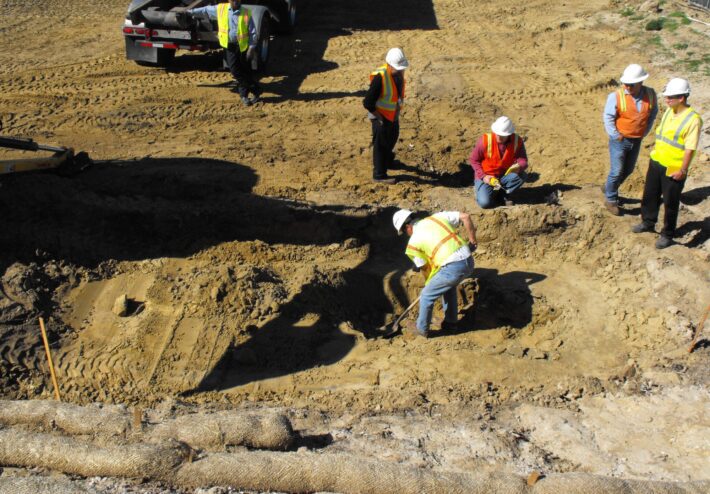F/A-18 Aircraft Mishap Emergency Response, Death Valley National Park, CA
F/A-18 Aircraft Mishap Emergency Response, Death Valley National Park, CA
Trevet was deployed by the U.S Navy to remove aircraft debris following the crash of a F/A-18 into a remote area of southern Death Valley National Park, approximately 50 miles east of Naval Air Weapons Station China Lake, CA. Fuel from the aircraft ignited and burned on impact. Charred soil and a debris field demarcated the mishap site, which is within a limited access designated wilderness area characterized by rugged wildland with a rocky surface and sparce desert vegetation. All recovery efforts were performed by hand with helicopter support, in accordance with National Park Service rules prohibiting wheeled vehicle access to the area.
The field team collected the equivalent of three 40-yard roll-off bins of aluminum, plastic, carbon fiber composite, and other aircraft debris over a five week period, which was flown offsite by helicopter. The site boundary was considered delineated after crews surveyed a buffer area beyond the location of the farthest debris. Following debris removal, the condition of the crash site was assessed for environmental impacts resulting from aircraft debris, airborne carbon fibers from the composite aircraft materials, and petroleum hydrocarbons and their combustion byproducts. Soil samples were collected to characterize residual fuel and combustion products, and airborne data were collected to determine fiber concentrations. Because of analytical results and the remote nature of the site, the risk of human exposure to potential chemical contaminants in soil and airborne carbon fiber related to the mishap was found to be very low.
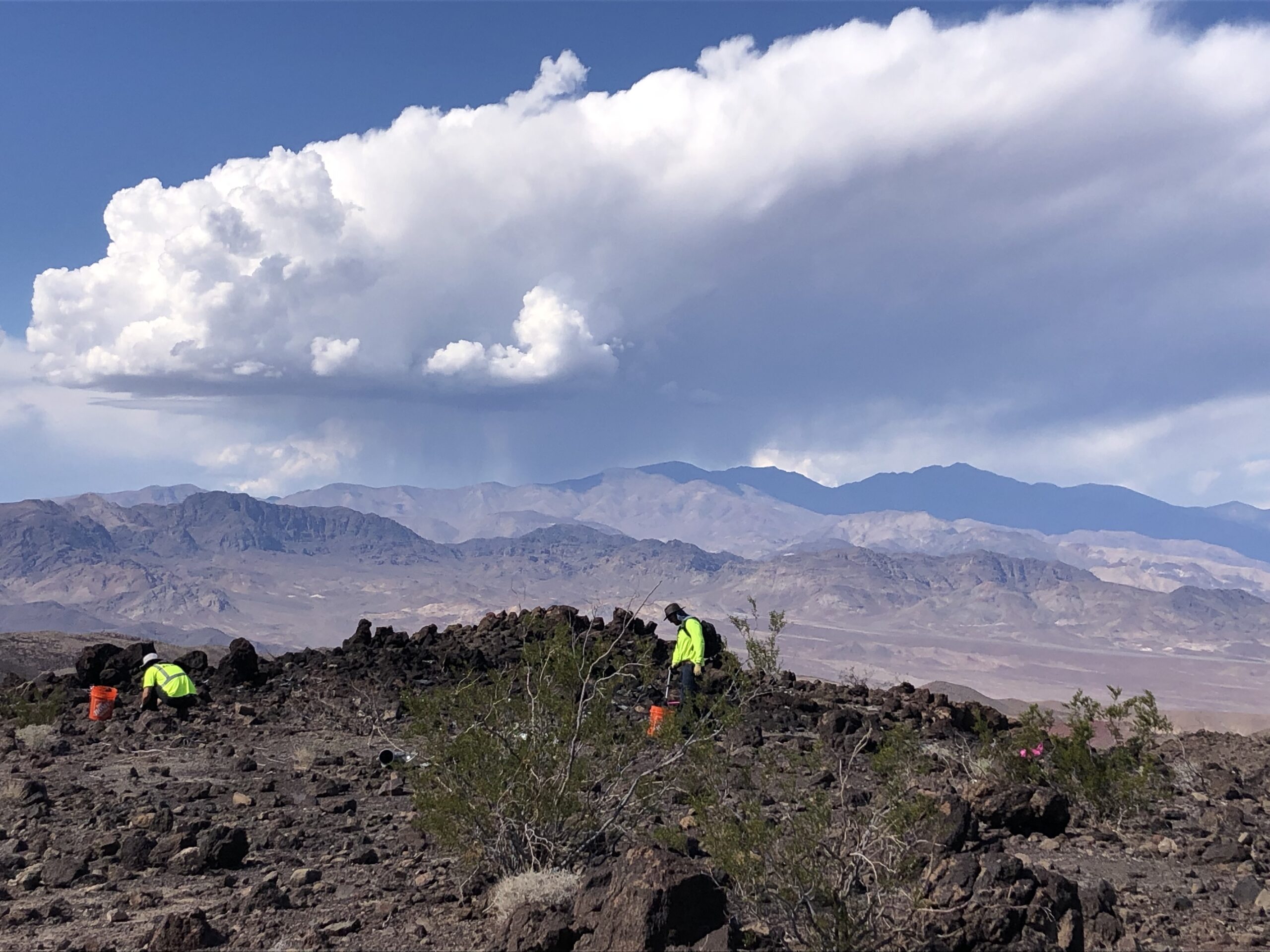

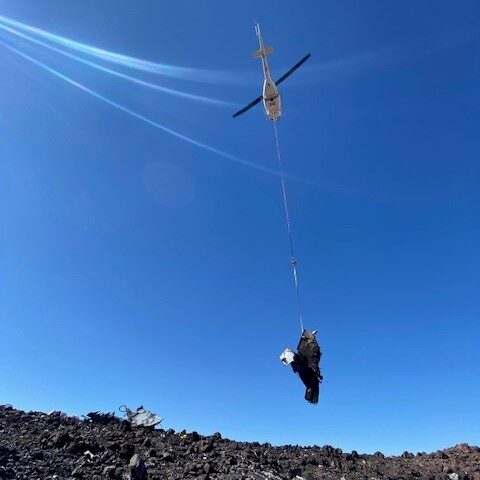
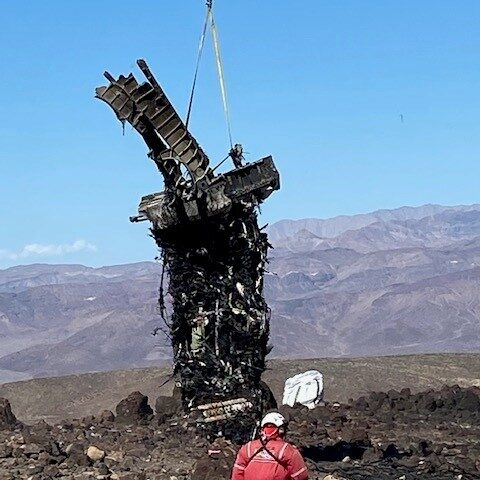
F/A-18 Aircraft Mishap Environmental Assessment and Debris Cleanup, Death Valley National Park, CA
The final cleanup report concluded that the debris present at the mishap site was removed to the satisfaction of the Navy and the National Park Service, the human health risk from residual carbon fibers is expected to be negligible, and the remoteness of the site makes exposure to any residual hydrocarbons in soil unlikely and their removal would be potentially harmful to ecological receptors and destructive to the landscape. No further action or access restrictions were recommended for the mishap site.
“I just wanted to say how happy the team and I are with the great work Trevet did on this project. This was such a logistically difficult project and Trevet handled it really really well. I was expecting tons of unexpected challenges during fieldwork but somehow you managed to handle it all so well and barely any issues came up. Just wanted to give one last kudos because this was such a hard project and you guys handled it phenomenally. Great job!” – NAVFAC Southwest
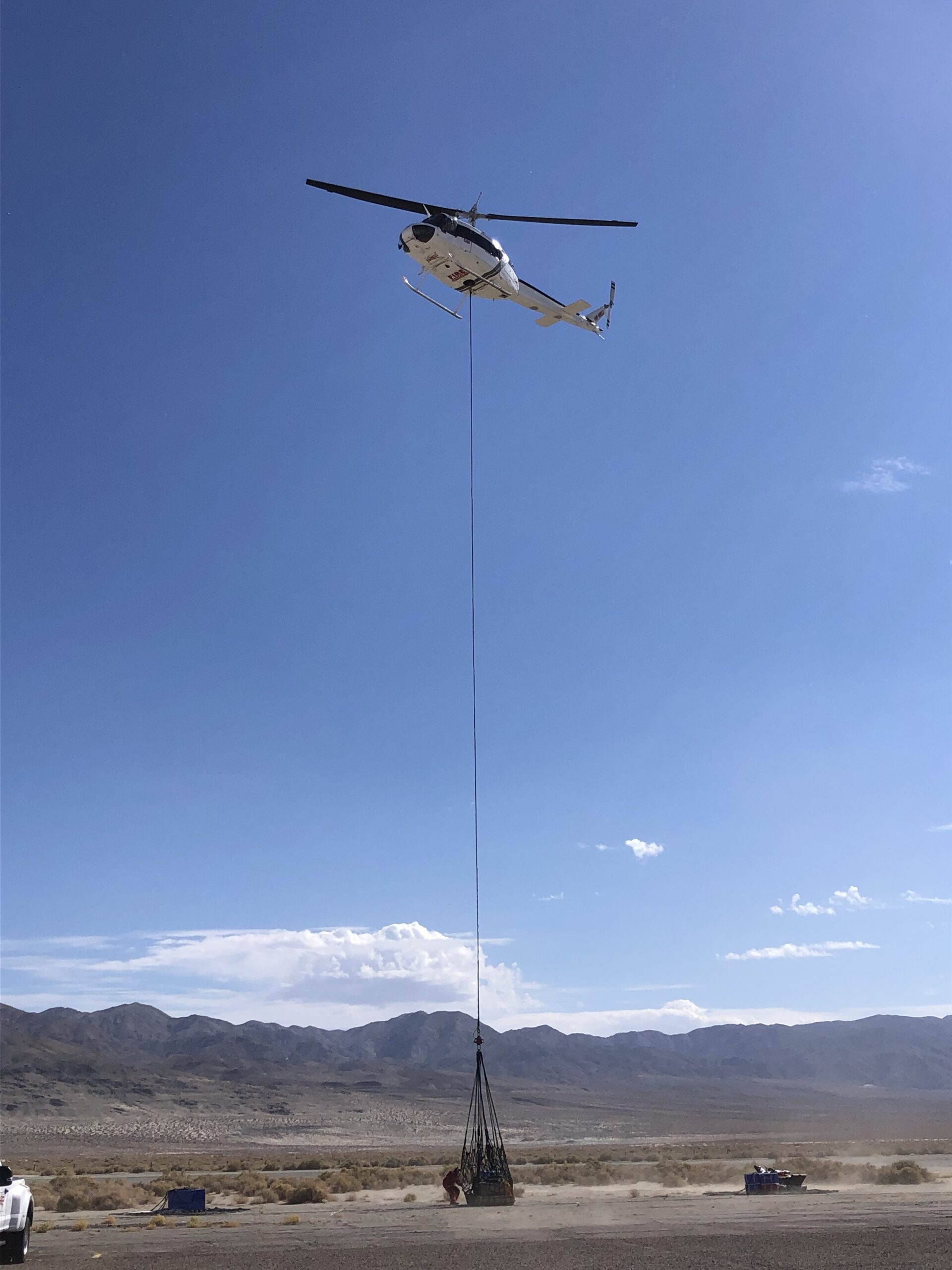
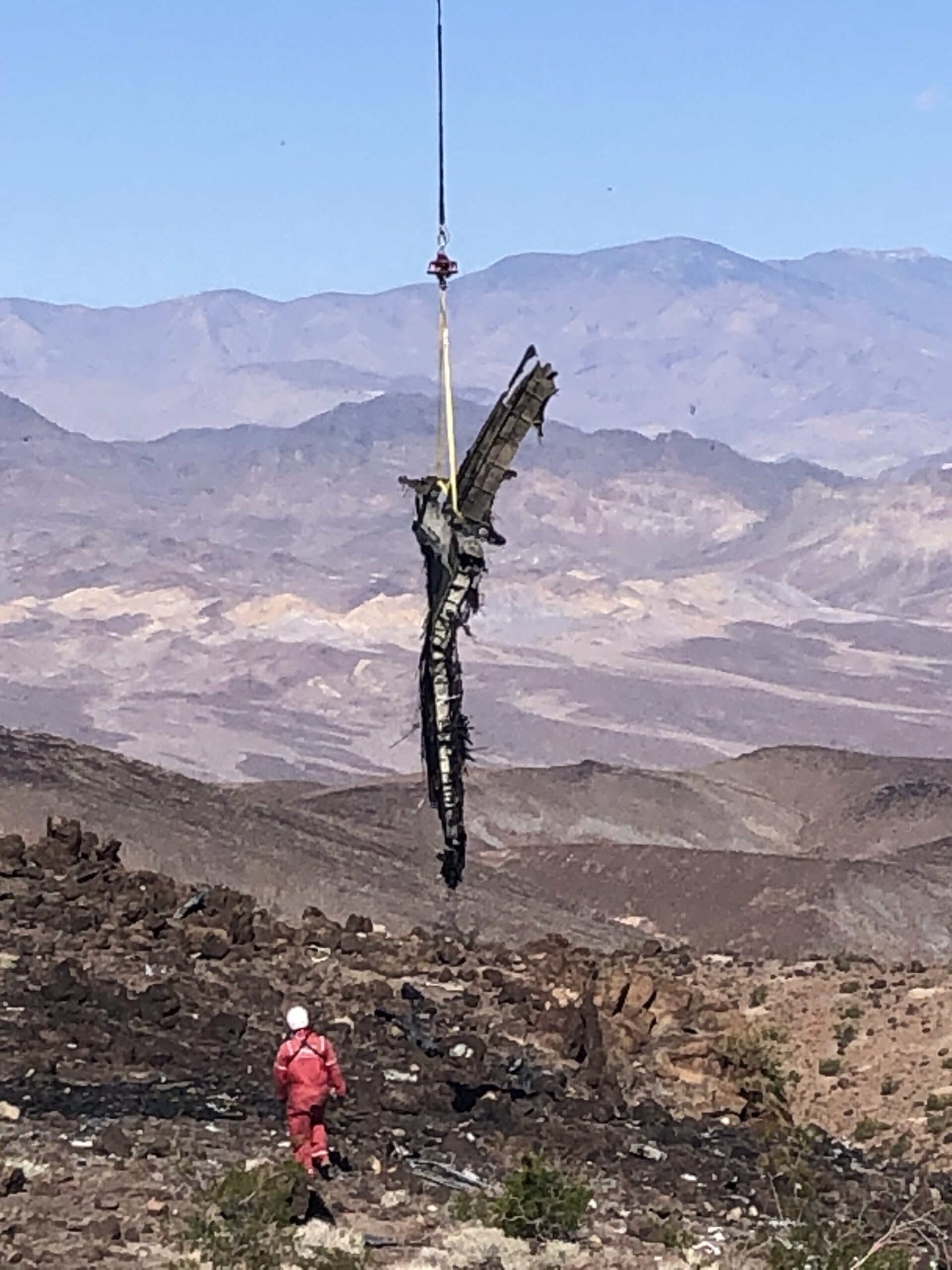
Have a project in mind?
Experience and Innovation for Lasting Results.
Contact TREVET today and discover how our team can provide innovative solutions to your civil and environmental challenges.

